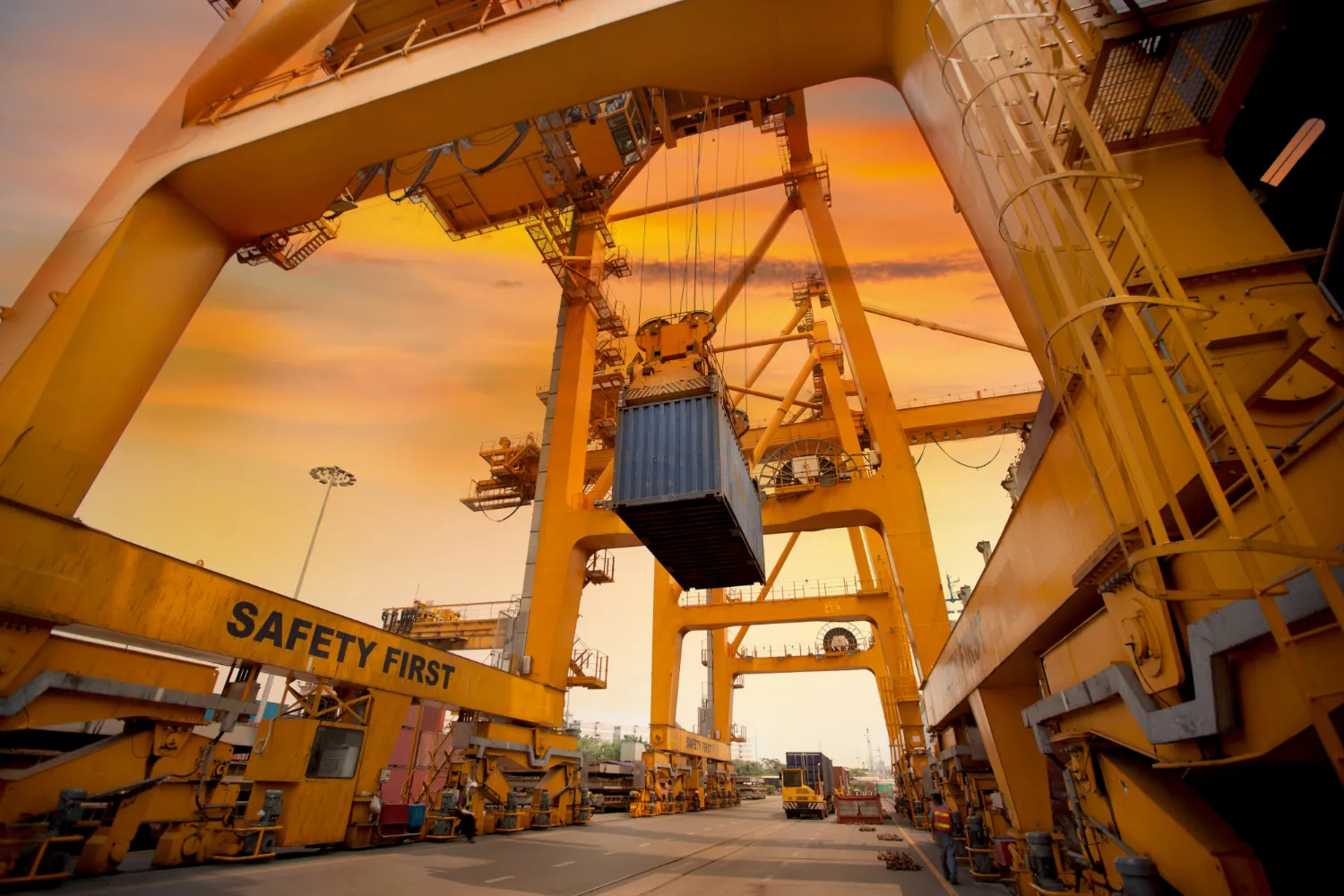Safety protocols and drills are crucial in the shipping industry. These measures ensure the well-being of the crew, the integrity of the vessel, and the protection of the environment. As a global shipping service company in Subic Bay, Philippines, we understand the importance of maintaining strict safety standards. This article explores the significance of safety protocols and proper drills in shipping and their impact on operational efficiency.
Understanding Safety Protocols and Drills
Safety protocols are a set of procedures designed to protect the crew and the vessel from various hazards. Proper drills in shipping are practical exercises that prepare the crew to respond effectively in emergencies. Together, they form the foundation of a robust safety management system.
Key Components of Safety Protocols
1. Emergency Preparedness
Emergency preparedness involves having clear plans and procedures for different types of emergencies, such as fires, collisions, and man-overboard situations. These plans should be well-documented and easily accessible to all crew members.
2. Regular Inspections
Regular inspections of the vessel and its equipment are essential to ensure that everything is in working order. This includes checking life-saving appliances, firefighting equipment, and navigational aids. Regular inspections help identify potential issues before they become serious problems.
3. Compliance with Regulations
Adhering to international and local safety regulations is a critical component of safety protocols. This includes compliance with the International Safety Management (ISM) Code, the International Convention for the Safety of Life at Sea (SOLAS), and other relevant regulations. Compliance ensures that the vessel meets the required safety standards.
Importance of Proper Drills in Shipping
1. Enhancing Crew Readiness
Proper drills in shipping enhance crew readiness by familiarizing them with emergency procedures. Regular drills ensure that crew members know their roles and responsibilities during an emergency, reducing response time and improving efficiency.
2. Building Confidence
Drills build confidence among crew members, as they provide hands-on experience in dealing with emergencies. This confidence is crucial during actual emergencies, as it helps prevent panic and ensures a coordinated response.
3. Identifying Weaknesses
Conducting drills allows shipping companies to identify weaknesses in their safety protocols. These weaknesses can then be addressed through additional training or procedural adjustments, leading to continuous improvement in safety standards.
Impact on Operational Efficiency
Safety protocols and drills have a direct impact on the operational efficiency of shipping companies. A well-prepared crew can handle emergencies effectively, minimizing downtime and preventing costly damages. Additionally, vessels that adhere to strict safety standards are more likely to pass inspections and audits, reducing the risk of delays.
Legal and Ethical Considerations
Shipping companies have a legal and ethical responsibility to ensure the safety of their crew and vessels. Adhering to safety protocols and conducting regular drills demonstrate a commitment to safety and compliance with regulations. This commitment enhances the company’s reputation and can attract more business.
Role of Technology in Safety Protocols
Technology plays a significant role in enhancing safety protocols and drills. Modern ships are equipped with advanced safety systems, such as automated fire detection and suppression systems, electronic navigation aids, and real-time monitoring tools. These technologies improve the effectiveness of safety protocols and support more efficient drills.
Training and Continuous Improvement
Ongoing training is essential for maintaining high safety standards. Shipping companies should invest in regular training programs for their crew, covering both theoretical knowledge and practical skills. Continuous improvement is achieved through feedback from drills and real-life incidents, ensuring that safety protocols evolve to meet changing needs.
At Bow Ships, we prioritize the safety of our crew and vessels through rigorous safety protocols and regular drills. Partner with us to experience the highest standards of safety and efficiency in the shipping industry. Contact us today to learn more about our comprehensive safety management practices.




